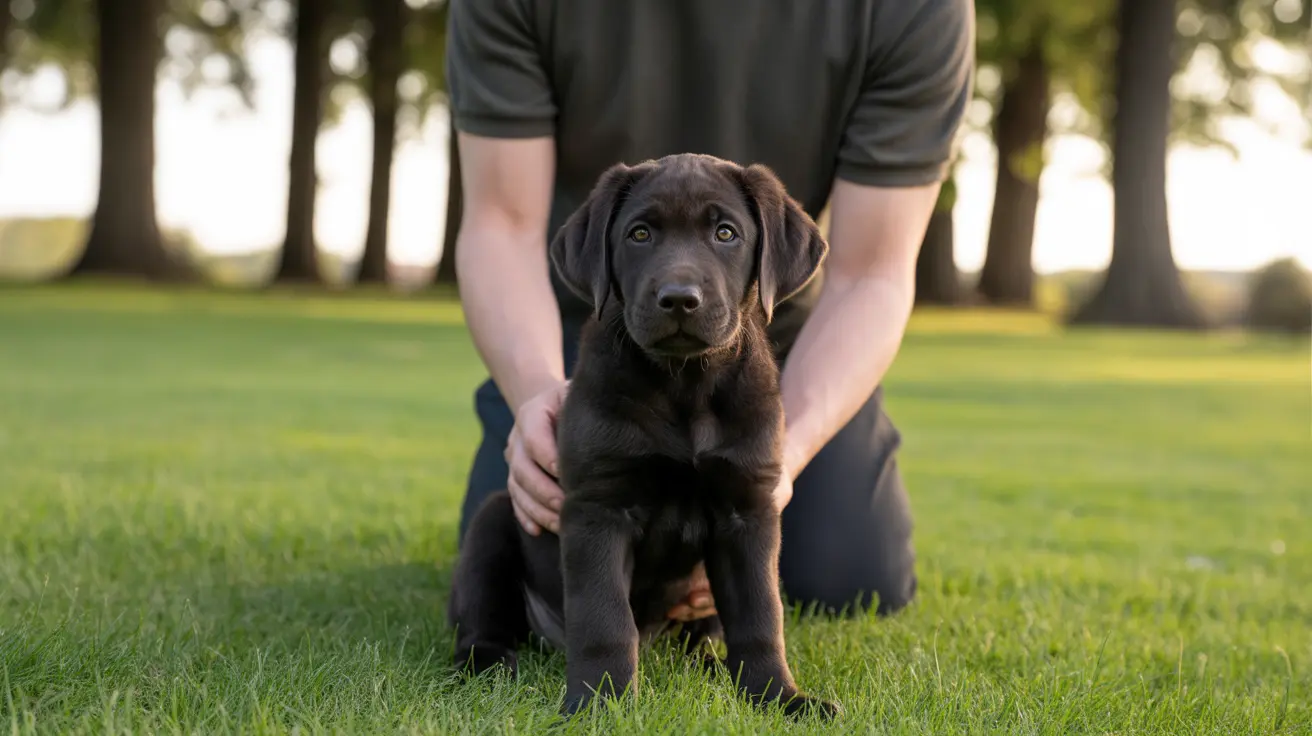Discovering the Easiest Terriers to Live With
Terriers are a popular group of dog breeds known for their energetic personalities, independent spirit, and often strong prey drives. Originally bred for hunting vermin and working on farms, terriers today make affectionate and spirited companions. However, because of their high energy levels and bold temperaments, not all terriers are equally easy to integrate into every home. Fortunately, several specific terrier breeds are recognized for being more even-tempered, adaptable, and trainable, making them easier to live with for many families and individuals.
Traits That Define 'Easiest to Live With'
Before diving into specific breeds, it's crucial to understand what makes a terrier easier to live with:
- Moderate Energy Levels: Terriers with lower or more manageable energy needs fit better into a variety of households.
- Affectionate Nature: Dogs that are naturally loving and people-oriented are often easier to bond with.
- Trainability: Breeds that respond well to training are generally easier to integrate into both urban and rural homes.
- Grooming Needs: Breeds with low to moderate grooming requirements suit owners with busy lives.
- Calmer Disposition: Less excitable terriers adapt better to quiet living environments.
Top Terrier Breeds That Are Easier to Live With
Based on these traits, here are some terrier breeds that are typically considered easier to live with:
1. Border Terrier
Border Terriers are small, sturdy, and affectionate dogs that are often less intense and more sociable than other terrier breeds. They are especially good with children and tend to be less stubborn and independent, reducing training challenges.
- Size: Small
- Energy Level: Moderate
- Best For: Families, first-time dog owners
2. Cairn Terrier
Originally bred in Scotland to hunt small animals, Cairn Terriers are robust, loyal, and quite trainable. They typically have a spirited yet manageable energy level, making them adaptable to city or country living.
- Size: Small
- Energy Level: Moderate
- Best For: Families, apartment dwellers
3. Norfolk Terrier
Small and friendly, Norfolk Terriers are among the calmer breeds in the terrier group. They enjoy being around people and are sometimes even used as therapy dogs thanks to their sweet disposition.
- Size: Very small
- Energy Level: Moderate
- Best For: Elderly owners, families with children
4. Glen of Imaal Terrier
Less excitable than many of their terrier cousins, Glen of Imaal Terriers are bold yet even-tempered. They are known for their manageable demeanor and make excellent house dogs with the right exercise and training routine.
- Size: Medium
- Energy Level: Moderate
- Best For: Active but calm households, experienced dog owners
5. Miniature Schnauzer
Although technically a member of the terrier group, the Miniature Schnauzer stands out for its obedience and adaptability. They are intelligent, trainable, and do well in a variety of living environments.
- Size: Small to medium
- Energy Level: Moderate to high
- Best For: Families, those looking for a trainable dog
What to Expect When Living with a Terrier
Despite differences between breeds, most terriers share some common attributes:
- Playfulness: They love interactive games and physical activity.
- Strong-willed: Their independence can pose a training challenge without consistency.
- Digging and Barking: These instincts can be managed but rarely eliminated.
- Prey Drive: Many terriers were bred to hunt, making them unsuitable for homes with small pets like rabbits or hamsters.
- Grooming: Varies widely — Bedlington and Wheaten Terriers need regular grooming, while Bull Terriers require minimal care.
Conclusion
While terriers are generally active and spirited, certain breeds like the Border Terrier, Cairn Terrier, Norfolk Terrier, Glen of Imaal Terrier, and Miniature Schnauzer are often seen as easier to live with. Their more balanced personalities, combined with their affectionate and loyal nature, make them outstanding companions for the right households. As with all dogs, meeting their physical and emotional needs is key to a harmonious relationship.





